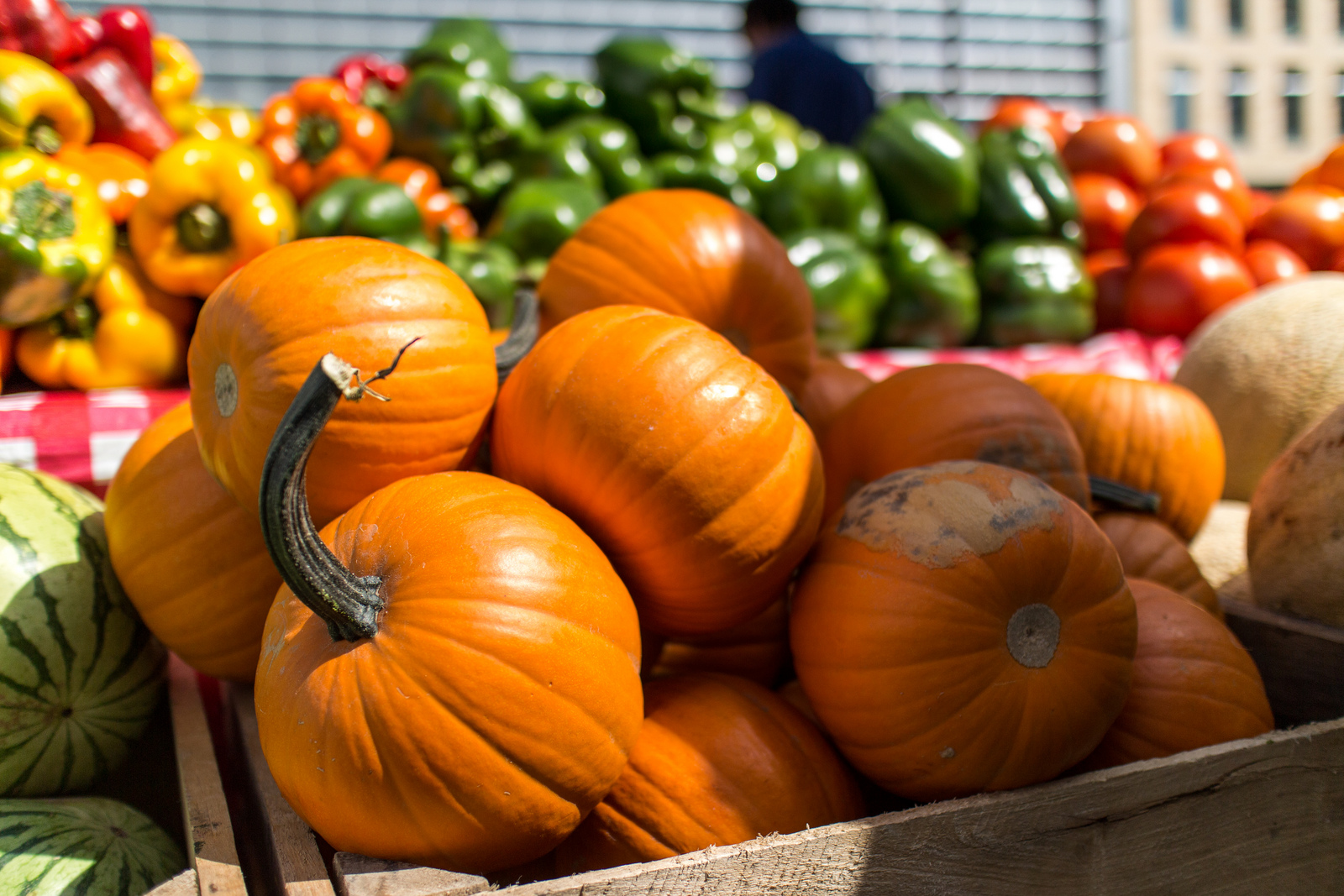 With Alabama in its current drought, residence throughout the state can look to mulch to help save water in their yards and gardens. (Photo Source: Flickr // Jessica Cross)
With Alabama in its current drought, residence throughout the state can look to mulch to help save water in their yards and gardens. (Photo Source: Flickr // Jessica Cross)
Rhonda Britton, a regional extension agent, said mulch can help hold moisture when placed on top of the soil.
“It keeps down on erosion and helps hold the moisture in,” Britton said. “It basically seals the soil or works as a barrier to help the moisture from evaporating out of the soil.”
Types of mulch
The most accessible type of mulch in Alabama is Pine Bark due to the numerous pulp mills throughout the state.
However, there are multiple types of mulch including:
- Pine Bark mulch
- Hardwood mulch
- Pine Straw
- Cyprus mulch
- Eucalyptus
- Melaleuca
- Red Mulch
Beyond these standard purchases, Britton said residents can add household compost to their mulch including newspaper, leaf straw and cardboard.
“Any of your grass clippings or rotten plants and vegetables that people did not picked in time can also be added to their compost,” Britton said. “When those all set over time, the mulch breaks down into a good composting soil, holding in moisture and fighting weed seeds.”
Mulching in the drought
With the state in a current drought, any small practice to save water should be incorporated into people’s homes.
Britton said people should absolutely incorporate mulching into their gardens and yards.
“What mulch does, if you mulch around your landscape, it serves as a dual purpose – it helps keep weeds from germinating and helps hold that soil moisture in,” Britton said. “And in this drought, most people are sublimating the water so if you have mulch around the plants you can water your plants less frequently because it wont evaporate as fast.”
Other benefits of mulch
Beyond saving water, there are other important benefits to mulching your yards and plants.
Britton recommends at least a 3-inch lay of mulch so that it continues to work over time.
“Mulch will break down over time and help add organic matter to your plants and helps fight weed seeds from germinate,” Britton said. “It helps protect the plants at the base of the plant.”
Residents should also spread the mulch out evenly across the base of the plant.
“You don’t want to mulch up around the trunk of the tree,” Britton said. “This is known as the volcano effect and should be avoided by making sure the mulch is evenly spread.”
More information
For more information on mulching practices, visit www.aces.edu or contact your local Extension agent for assistance in the field.


